A suite of samples was collected from this area in
1994.
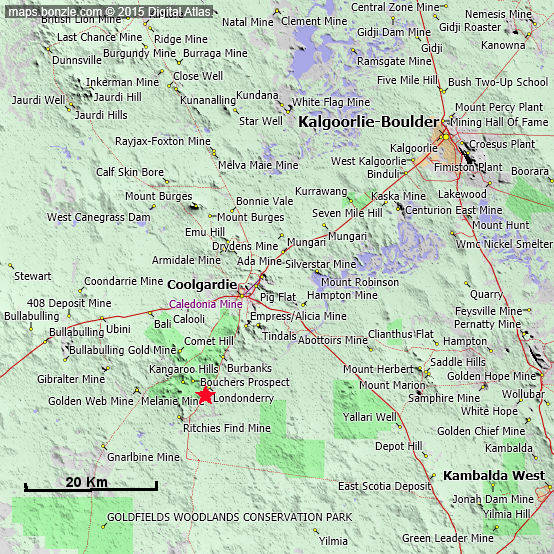
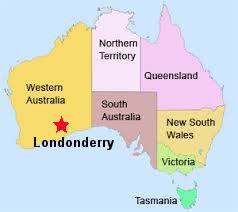
Summary
Most quartz samples from this pegmatite deposit lack low
temperature decrepitation caused by CO
2 rich fluid
inclusions. This contrasts with some other pegmatites such as
Tanco, Canada where CO
2
rich fluids were common. There are significant differences in
decrepitation within and between the 2 pits sampled, indicating
that the fluids were quite variable on a local small scale. In
particular, only one of the 2 areas sampled contained CO
2
rich fluid inclusions in the quartz samples.
Most feldspar samples do decrepitate but typically at much lower
intensity than quartz samples, and a few feldspar samples do not
decrepitate. Fluid inclusions are preserved in feldspar samples,
and their differing decrepitation patterns indicate deposit
scale variations in deposition conditions. But it is difficult
to interpret the meaning of these variations.
Lepidolite does show weak decrepitation, but this may not be due
to fluid inclusions which are probably not preserved in the
platy and weak crystal structure of this mineral.
Results
Quartz samples 1550A and 1550L show low temperature
decrepitation near 250 C indicating the presence of CO2
rich fluid inclusions. Samples 1550A (quartz, red) and 1550B
(feldspar, green) are adjacent and should show the same fluid
inclusion characteristics, but the feldspar has no
decrepitation and seems to contain no (or only very small)
fluid inclusions. But other feldspar samples, notably 1550E
(blue) do decrepitate and contain abundant fluid inclusions.
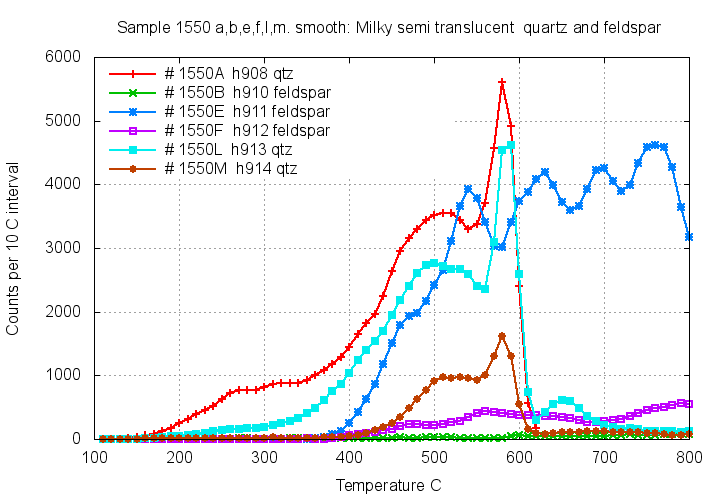
Many feldspar samples have only low levels of decrepitation, and
the decrepitation graphs show irregular patterns.
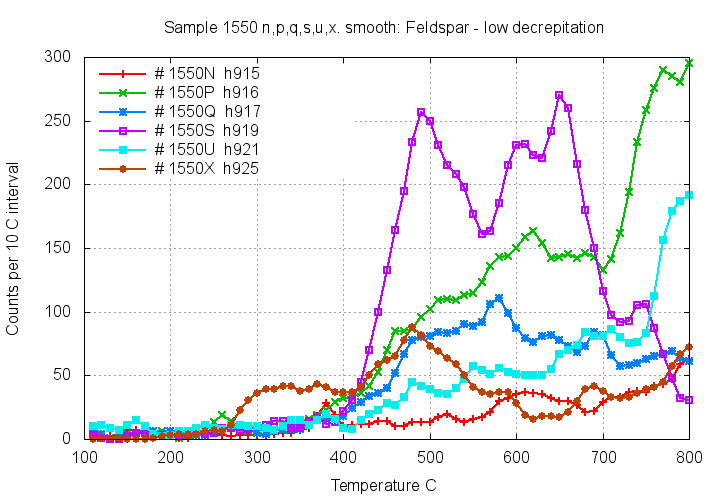
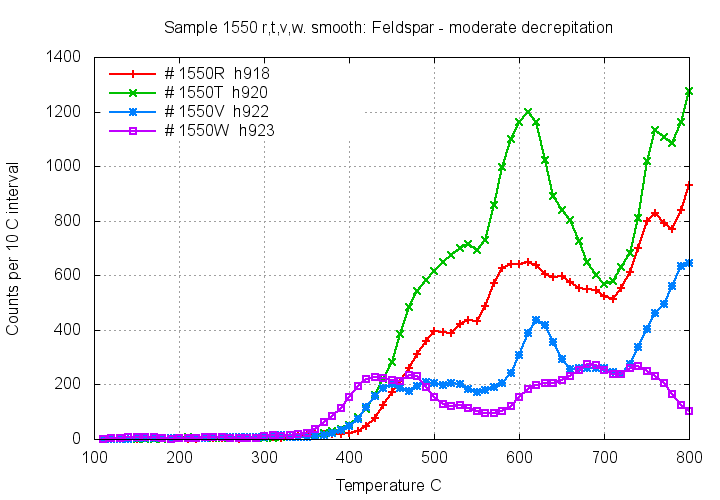
Samples of lepidolite show only very weak decrepitation. The
platy crystal structure of lepidolite is unlikely to preserve
fluid inclusions and this decrepitation is probably not
caused by fluid inclusions.

Quartz samples show significant variation in decrepitation
patterns across the deposit, probably indicating var2iations in
the formation temperature on a local scale. But none of these
samples contains CO
2 rich fluid inclusions.
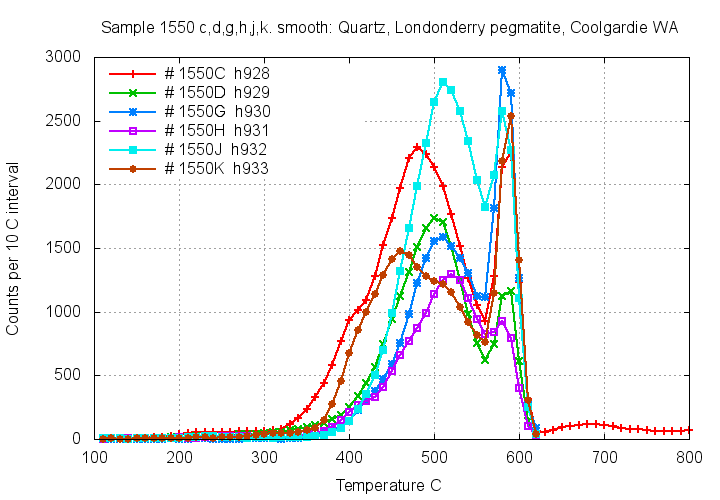
Quartz samples from 2 separate pits some distance apart are
similar, but only the 2 samples from pit A contain CO
2
rich fluids, which seem to be of restricted spatial occurrence.
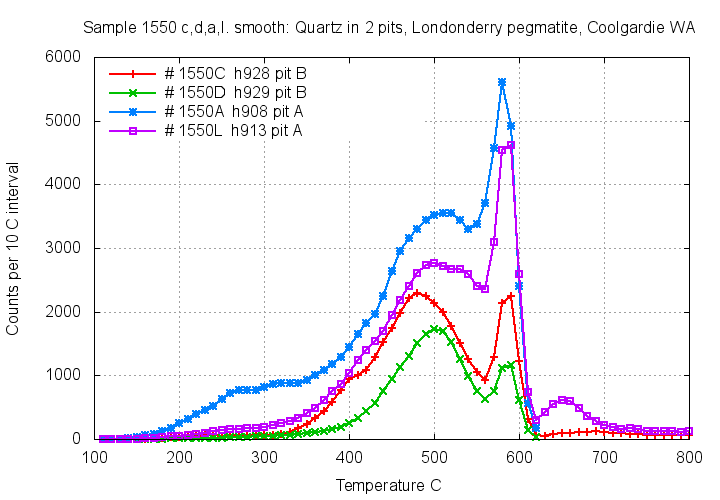
 Applied Mineral Exploration
Applied Mineral Exploration Discussion and research relevant to mineral
exploration.
Discussion and research relevant to mineral
exploration. 






